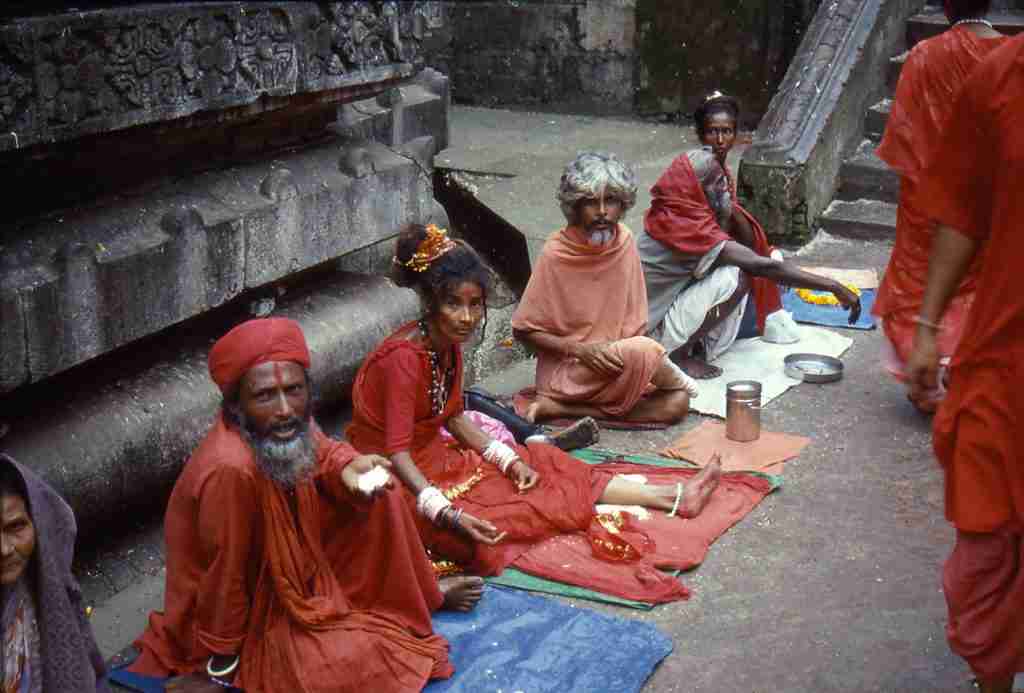SUMMARY
In Hinduism, Buddhism and in Islam, various species of turtles are reared in temple ponds and are sometimes even worshipped. These temples are visited by a large portion of the local population and have the potential to be safe havens and breeding centers for rare turtle species. Working together with Sundance Biology, Turtle Island has successfully modified a temple pond in Western Bengal, India to meet the needs of the fabled black softshell turtle (Nilssonia nigricans). We have also constructed large nesting areas in the temple ponds in Nagshankar and Kamkhya in India.
HOW BIG IS THE THREAT?
This species of softshell turtle was classified as “Extinct in the Wild” by the IUCN (International Union for Conservation of Nature) until 2018 and is now “Critically Endangered”. Presently the ′sacred′ turtles of Chittagong are well-known throughout the region and the country. The turtles are also an international tourist attraction and are listed in several travel guides. This has made them quite popular and every day, throngs of tourists and worshippers flock to the sanctuary.
OUR ROLE
In temples associated with Shiva in India and other south Asian countries, such as Pakistan, Bangladesh and Myanmar, there are countless temple ponds that can be transformed into breeding centers for rare turtle species, making only minor modifications. In Western Bengal, we achieved significant improvements in the turtles’ habitat by introducing aquatic plants, oxygenating the water, changing the diet and removing plastic waste from the pond. The graceful black softshell turtles are also accepting the nesting beaches we’ve offered them and are now reproducing each year. Next, we plan rehabilitation ceremonies with local schools to release the turtles into protected areas. We have also repeated the same success in the Tripura Sundari Temple in Udaipur and in Nagshankar and Kamakhya in Assam, India.

